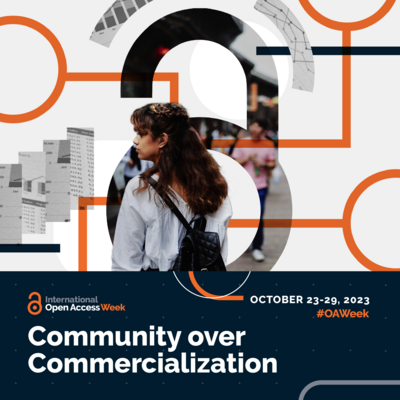Publishing is a challenge. Especially when you get to the point of determining where to publish. First, you have to review little things like the journal’s name, website, and publishing schedule. Simple, but important to make sure you’re not being scammed. As you move through the list, and when you consider publishing open access, you face more challenges. You’ll find a rainbow of different color publishing options, especially these pesky things called APCs. Article processing charges (APCs) are fees that are charged to the author to have their article published in a journal. These charges can vary in price, often being very high, but are the prevalent model that you’ll find for publishing open access, so you may feel that this is how you are required to publish. Due to this increased focus on commercialization, APC fees were found to have brought in over a billion dollars in revenue in 2020 alone. And while certain authors and researchers may be able to afford, or receive funding for these APCs, regardless of whether they are as large as Nature’s is, or much smaller, this is not feasible for all. There are publishers who not only follow best practices for open access but also are doing what is best in terms of focusing on community over commercialization.
Essentially, open access does not mean that you have to pay.

In 2021, cOAlition S supported a large-scale study on open access publishing models focusing on collaboration without commercialization. The results showed a broad landscape of collaboration and community already available, but one still faced with challenges while highlighting one piece of interest: Diamond open access.
Diamond open access is a model of scholarly publication that does not charge fees to either the authors or readers. The general practice of community-driven scholarship and academic publishing is not new and has been around as far back as World War II. While there have been changes in the landscape of publishing methods for 80 years, non-commercial publishing methods can still be found worldwide, especially with most journals from Eastern Europe, the Middle East, and Latin America.
On the Directory of Open Access Journals (DOAJ) website, you can filter their search for journals that do not have fees, displaying over 13,200 journals across all disciplines. That result can be filtered down to journals with the DOAJ Seal, an award given to journals that have exhibited best practices in open access publishing. The seal only goes out to around ten percent of the journals indexed in DOAJ, showing that quality does not always require dollars.
A few examples of open access journals in the diamond category (and with a seal) are:
Diamond open access journals rely on the work of volunteers, but also the help of grants, donations, and other funding. Support also comes from scholarly societies and academic institutions. A great example of this is here at ASU, where our Mary Lou Fulton Teachers College sponsors three open access education journals!
The saying always goes that “you get what you pay for” but the diamond model shows that this is not always the case, and in fact, can be the opposite. Commercial models of publication may be presented as best practices for publishing your research, but know that it is unnecessary. Community coming together, using their time and resources to propel work in their field, and allowing the information to advance future study was the foundation. Now, it seems to be an afterthought to the pursuit of coins. Publishing open access is the best practice for how research should be disseminated. Still, changes to the model, like APCs, have taken it a step backward from the fundamentals that started the movement. These foundations are still there, and while some are more readily available, others may take more of an adventure to find. But opening access to knowledge is about its pursuit, not its paywall.
2023 Open Access Week events to keep an eye on for recaps and recordings:
- Global Summit on Diamond Open Access (October 23-27)
- Current Trends in Academic Publishing: Diamond Open Access Journals and the CRediT Contributor Roles Taxonomy (October 24)
- Infrastructure for Diamond Open Access: From Library Publishing to the Foundation of a University Press (October 26)
- Shine on Diamond journals: making sure they’re forever (October 24-27)
Read our other posts from this series:
Welcome to International Open Access Week 2023
How can researchers engage in open access and open science?
Open Access Week 2023 next steps
